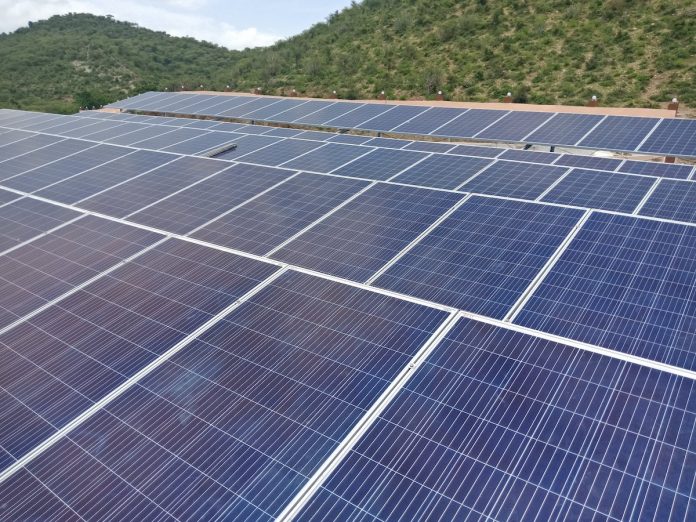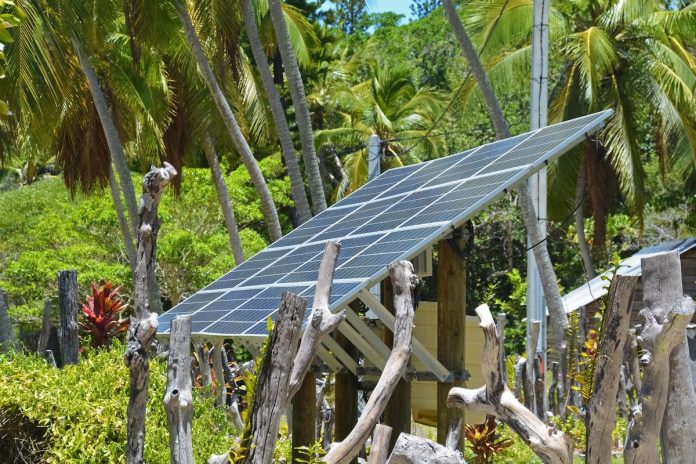Solar Energy For Households and How To Make The Switch In 2023
As energy bills continue to rise, many homeowners are thinking about using the free energy from the sun to power their homes. After all, solar panel prices continue to go in the opposite direction of today’s traditional power generation and the idea of solar energy for households will be a great one.
Suppose you’re considering the option of solar harvesting for your home. In that case, this article shares a comprehensive guide on how to make the switch in 2023.
1. Partner With A Reliable Installer
The right solar contractor can help you in your plans to tap into solar energy and make the switch a lot easier and more successful.
When researching installers, you want to find qualified professionals with the necessary certification. You should also look for companies with the proper insurance and warranties to help protect you against liabilities and issues with your solar system once installed.
For instance, Smart Solar Energy home solar installation services are backed with 25 years warranty on all services and labor performed and another 25 years of production guarantee.
To find the right contractor, you can ask family members and friends who recently went solar for references. You can always check online resources for reviews or use online tools that help you find and compare solar installers.
Before making any commitments, always ask for their proof of licensure and qualifications. In addition, you need to make sure that the company is familiar with local permits and interconnection processes. Finally, ask if they can provide references from other clients in your area so that you can get deeper insights into how the company works.
Consider obtaining at least three bids and quotations for your solar installation to help you compare prices and included services.

2. Do An Energy Audit
One of the first things you need to do when switching to solar is to understand how much power you need. This can help you determine the size and type of solar system you need with the help of your chosen contractor.
Suppose you want to be independent of the local grid. In that case, you want a system that can produce 100% of your electricity usage. You can also opt for a solar system that allows you to use solar power during the day and rely on the local grid during the night. However, this still depends on the space for solar installation and your budget.
Look at your recent energy bills to determine your yearly power needs. Then, review each month of the year to determine specific months when you use more or less electricity than others.
Apart from your regular household bill, you need to consider any planned changes, for instance, if you’re planning a home addition or buying an electric vehicle any time soon. These upgrades can impact your energy use, so keep them in mind.
3. Consider Your Solar Potential
After determining your energy use, you should assess the potential solar energy you can produce at your location. Modern photovoltaic technologies use scattered and direct sunlight to create electricity to maximize solar production, even on cloudy days.
That said, the amount of power generated by a solar power system at a specific site still depends on how much of the sun’s energy reaches it and the overall system size.
Several mapping tools and services are available to help you determine your home’s solar output potential. Some tools even provide information on the estimated system size, potential savings, and costs.
While these tools are a great starting point to help you determine your home’s solar potential, working closely with your contractor is the best way to do it. These tools may not account for all variables in your location, such as nearby or neighboring growing trees that can potentially shade your system in the future.

4. Plan For Necessary Repairs And Upgrades
When considering switching to solar, remember that you may need to make necessary repairs and upgrades to your home to accommodate the system.
For instance, if you have a traditional roof-mounted solar system, you want to ensure that your roof can handle the added weight. According to Forbes, solar panels and mounting equipment can weigh 2–4 pounds per square foot.
In general, most roofs can handle that much weight. Nonetheless, you should consult a roof inspector to ensure that your roof is structurally sound to accommodate the extra weight, particularly if your roof is already a decade old. While you’re at it, have the inspector check for the condition of your roofing materials. Before installing solar panels, you want to make the necessary roof repairs, like replacing missing shingles.
Furthermore, you might consider installing a separate storage cabinet to house other necessary equipment, such as batteries and electrical inverters. You should also upgrade other aspects of your home to perfectly support your solar system. This may include replacing old bulbs with high-efficiency LEDs and upgrading your home’s insulation.
5. Learn More About Available Financing And Discounts
While solar panels can help save money on energy bills, you must pay a substantial upfront cost for a solar energy system installation. The average residential solar energy installation can cost you between USD$ 15,000–USD$ 25,000. Given the hefty price, you might want to understand more about available financing options for solar panel installation.
Most state governments offer incentives, discounts, and tax benefits to support homeowners switching to solar energy systems. The discounts and rebates depend on your state and location, so check with your local government.
Conclusion – solar energy for households
There’s no doubt—solar power is the future. It’s a convenient way to reduce your electricity bill while ensuring a more positive impact on Mother Earth. However, equipping your home with a solar power system can be a huge undertaking. This article hopes to ease the burden. With the above information, you can make a well-informed decision regarding whether to go forward with the switch. The tips can also ensure that your switch to solar energy for households is successful. Come 2023. You can enjoy all the wonderful benefits it has to offer.





